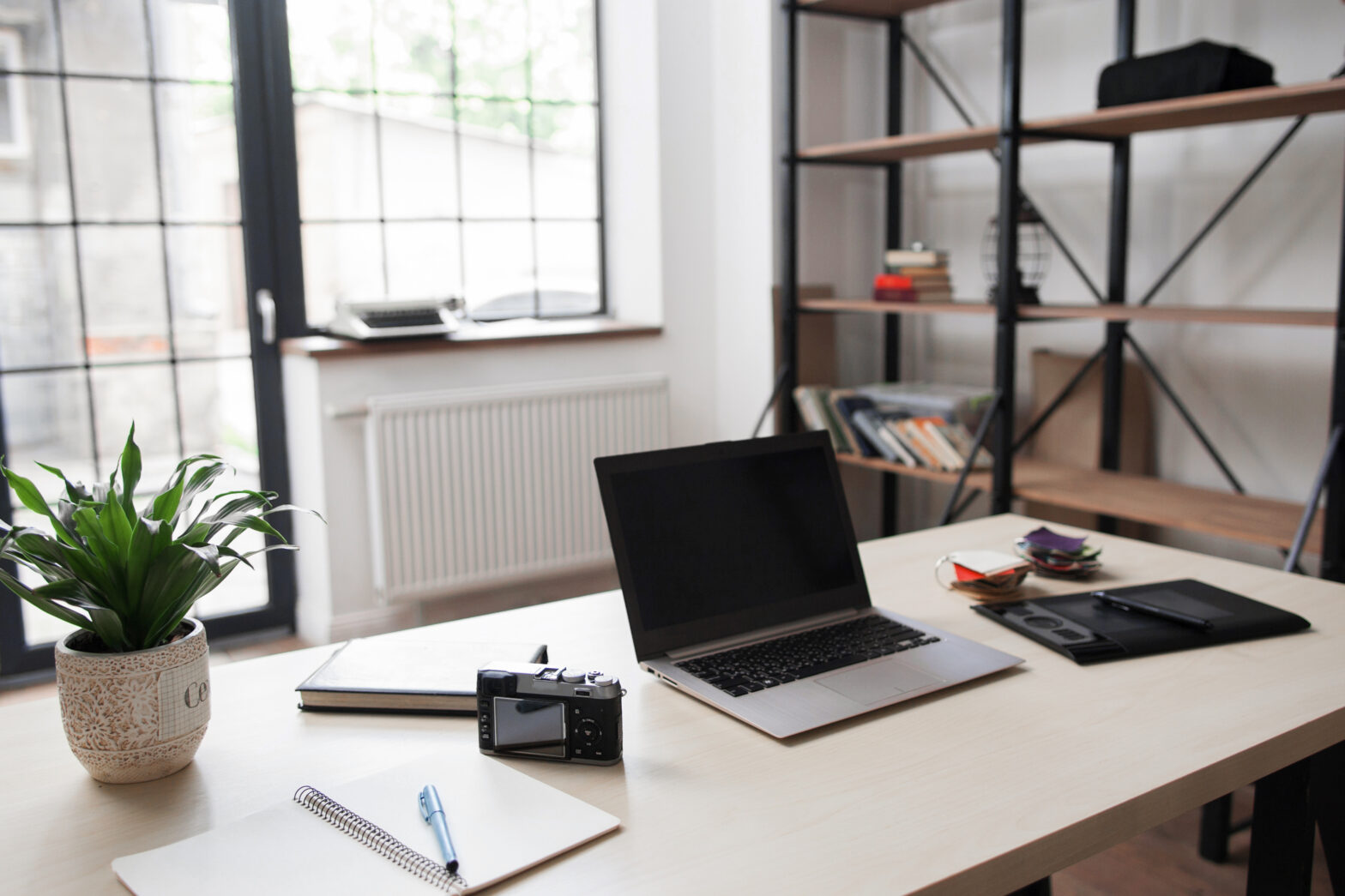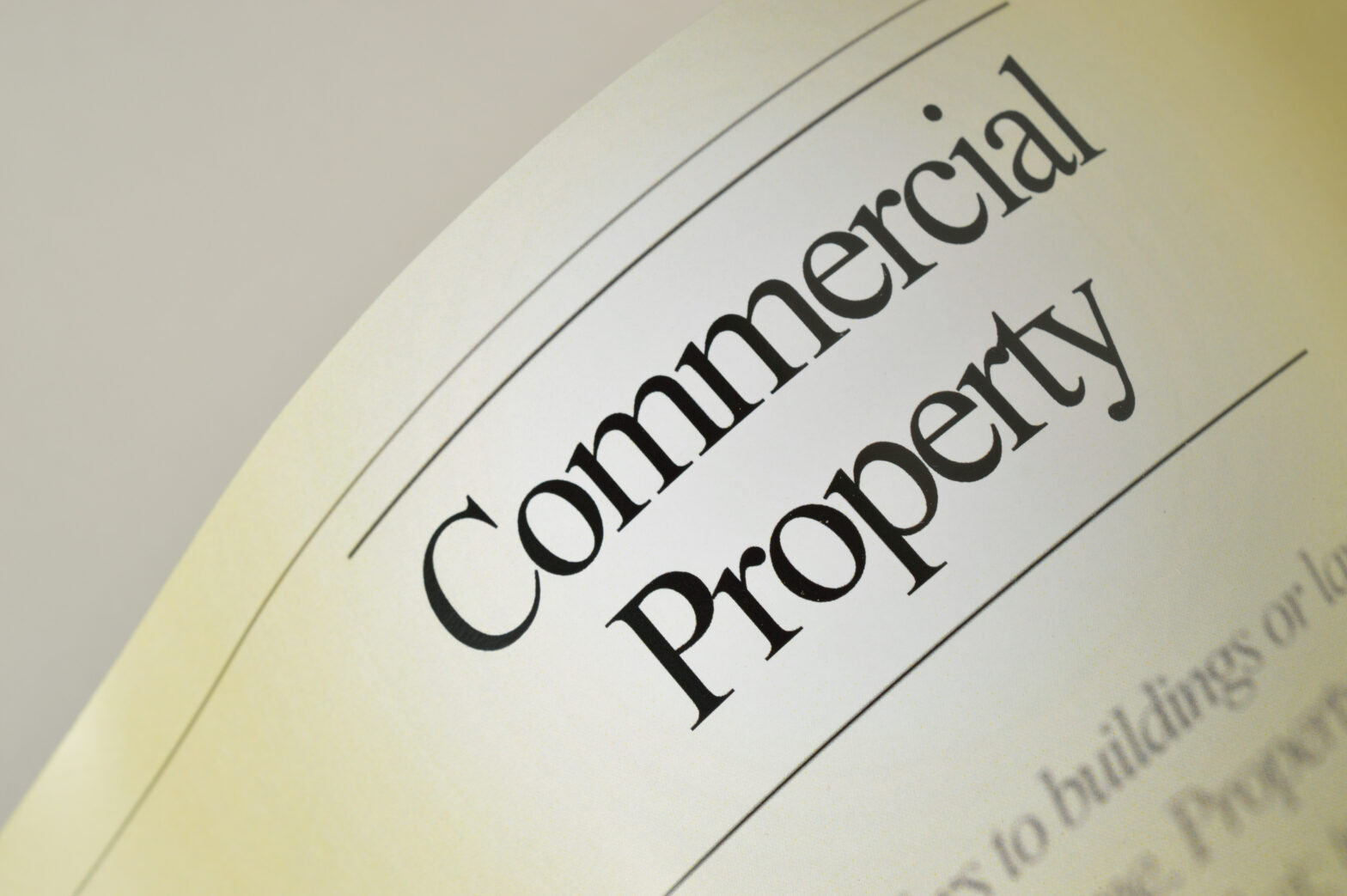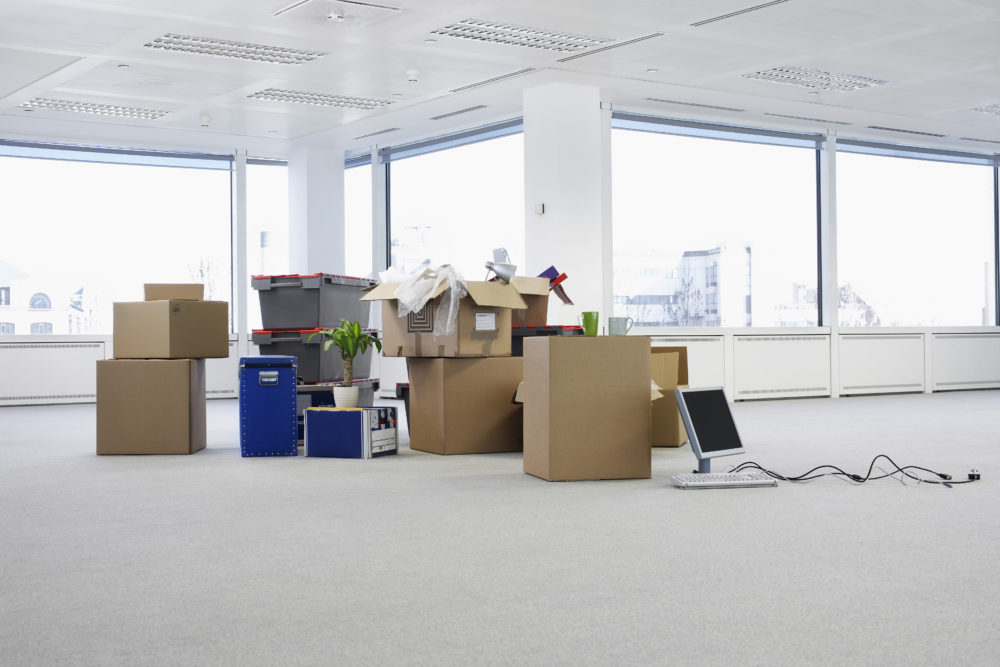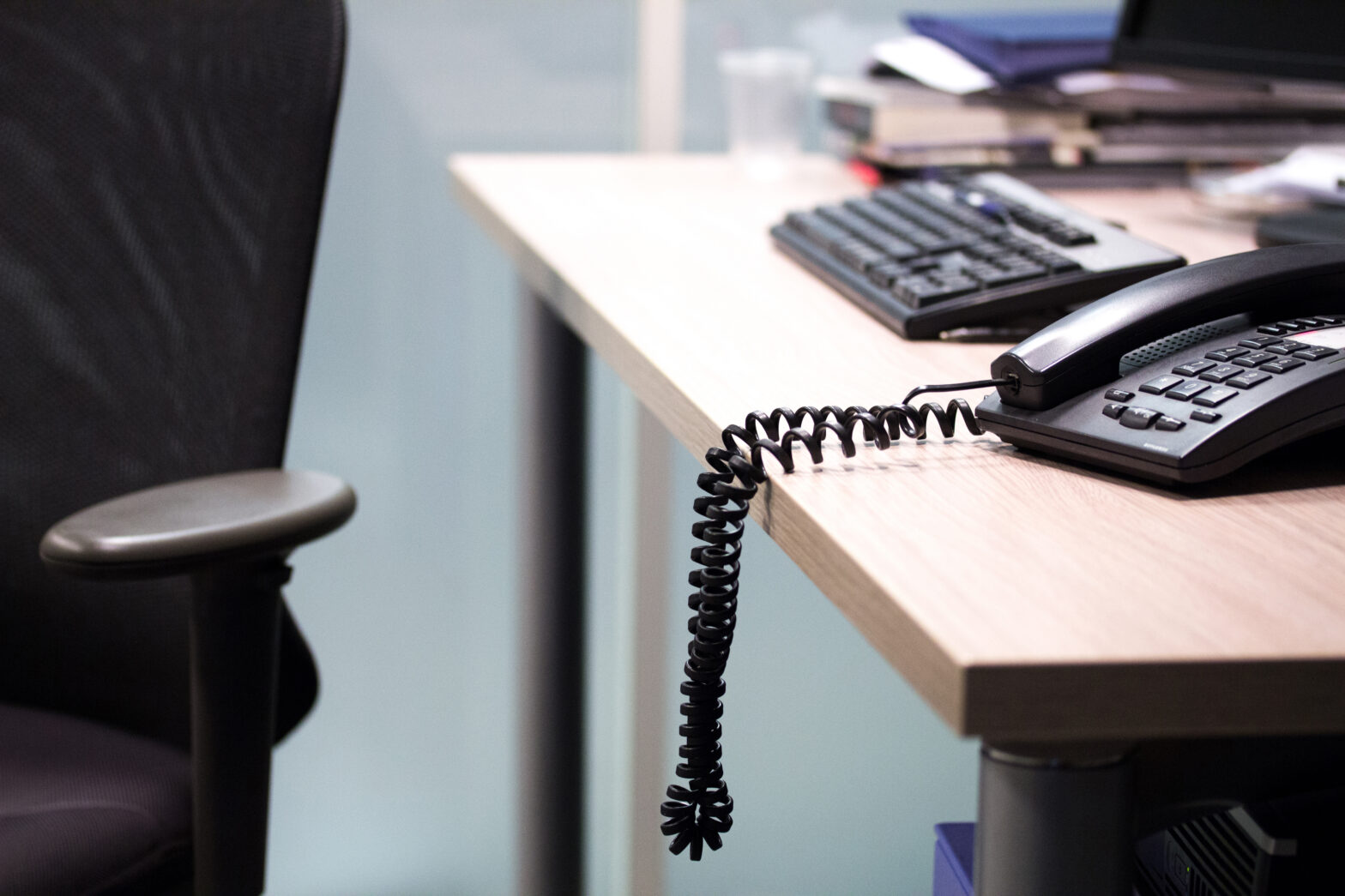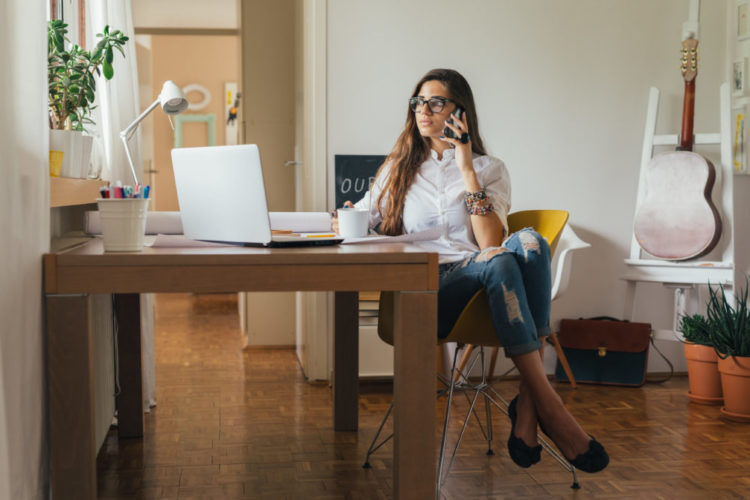Thinking back 20 years or so, you would show up to your office, sit at your desk and get the job done, and chances are not many people really cared about their workplace environment. The only way you could get a better desk or position in the office was to work your way up through the company. At least, that’s how I experienced it.
Now, however, everybody expects a great space to work in. With activity-based working, flexible cultures and multi-generational workforces cohabiting one space – employers have no choice but to provide workspaces with choice, variety and comfort.
In 2018, the term ‘workplace’ means so much more than just an office – it is now more of a concept. It is a method of talent attraction and retention, it is a scheme to win awards, it is a social hub for the busy city worker. Increasingly, people expect (if not demand) the most outlandish of items: sleep pods, bean-bag-break-out spaces, and slides to name a few. Now, offices are not just a place of work – they are a place of eating, drinking, socialising, resting, playing, and working.
In a world where remote and flexible working patterns appear to be overtaking the typical 9-5, employers must remember why employees want to come to work, and ultimately how they can make the office environment appealing. Particularly within cities, the vast majority of workers may not have lavish spaces to retire to at the end of the day, and younger employees may be in small flat shares or studios, which they may prefer to get away from. Employees can spend anything between seven and 12 hours a day in the office depending on the nature of their work, so the spaces they are in can no longer just accommodate their jobs. From state of the art, spacious kitchens to sit-stand workstations, and private working pods to open plan dining/meeting spaces, the key to attracting top talent is to offer choice.
A remote workforce
A recent report found that, by 2020, up to half of the UK workforce might work remotely in some capacity. Obviously, this places an unprecedented pressure on business leaders, property and facilities managers to make workplaces as attractive as possible, otherwise we risk a city of barren and deserted office spaces, as we head into the future of smart cities.
It is all too easy to get caught up in the excitement of new, technology-driven, smart workplaces. But business leaders and designers alike must remember to focus on the factors driving change, and how best they can support it. Businesses are expecting more from their spaces and, although the technological advances of today are taking the world by storm, it is important to remember the most crucial factor in the debate: balance. Nobody wants to create a building that serves so many different purposes that it simply becomes redundant. Equally, nobody wants to be left behind in the race to provide the next ‘best’ or ‘most effective’ workplace, and not invest in technology and resources that can genuinely propel a business to new levels of success, productivity and results.
I’m writing this from Magenta’s lovely new office, after relocating for a third time in August 2017. I started the company some seven years ago sitting at my kitchen table. That very table is now in the centre of the dining area in our office to remind me of Magenta’s humble beginnings. The company also supplies a variety of different areas in the office to fit different styles and preferences. From large, comfortable arm chairs to ergonomic desk chairs, having choice is crucial. It doesn’t matter if your establishment is a multimedia conglomerate employing tens of thousands of people or a small yet mighty agency employing 12 people – it is important to ‘domesticate’ your workspace. Your employees spend the best part of 40 hours a week there, so why not make their experience as comfortable as possible?
There are obvious battles to be fought when it comes to the debate of the future workplaces. I’m sure many employees and employers may argue that offices should be strictly kept as a place of work, and actively encourage people to practice a work/life balance by keeping the two entirely separate. But in today’s world, is this really the most effective balance for both individual and business?
As the owner of an SME that invests heavily in resources, choice and comfort for its employees, and works with some of the leading companies in the built environment sector, I’m convinced that the most successful workplaces are those that combine a harmonious balance of work practicality and home comforts for their workforce. Listen to your employees’ wants and needs, make beneficial decisions for your staff’s wellbeing, invest in creative yet practical spaces – and your company will reap the benefits.
Cathy Hayward is managing director of Magenta Associates.
